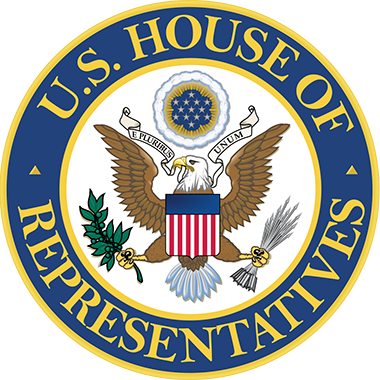We’ve all seen the vague warnings on food labels, such as “May contain tree nuts” or “This product was made in facility that also processes dairy.” At the Food Safety Consortium in October, Steven Gendel, principal of Gendel Food Safety and former FDA Food Allergen Coordinator, offered guidance on when and how these advisory—also known as precautionary—labels should be used by food companies. In his presentation “Allergen Advisory Labeling,” Gendel made clear that these statements are not regulatory requirements and are not to be used for a company’s benefit (i.e, to shield the company from liability). They are for consumers and should be used only to protect consumers in situations where there is a potential risk of cross contamination that cannot be controlled through regulated cross contamination efforts and may cross the threshold of safe levels for allergic consumers.

When to Use Allergen Advisory Labels
Advisory labels are to be used after a company has taken all necessary steps to eliminate allergen cross contamination and ensure the absence of allergens, and is unable to prevent the risk of cross contamination. “Companies should have a written justification for using an advisory label statement,” said Gendel.
How to Calibrate Risk
The risk to consumers with allergies is based on a combination of how much of the allergen is present and how much of the product is likely to be consumed. This means that risk should be based on how much of the product the consumer is likely to consume, not the labeled serving size. Take, for example, a small bag of chips that includes nutritional information for two servings per bag. If the consumer is more likely to eat the entire bag in one sitting, the allergen dose should be based on the exposure from one full bag of chips. “The dose can justify use of an allergen advisory label,” said Gendel. (For guidance on dose, the United Nations Food and Agriculture Organization (FAO) has established allergen threshold levels.)
It is also important to note that precautionary or advisory labels are for potential cross contamination risks only. “There is no minimum dose for an ingredient,” said Gendel. “If an allergen is an actual ingredient in the product, it must be on the ingredient label.”







